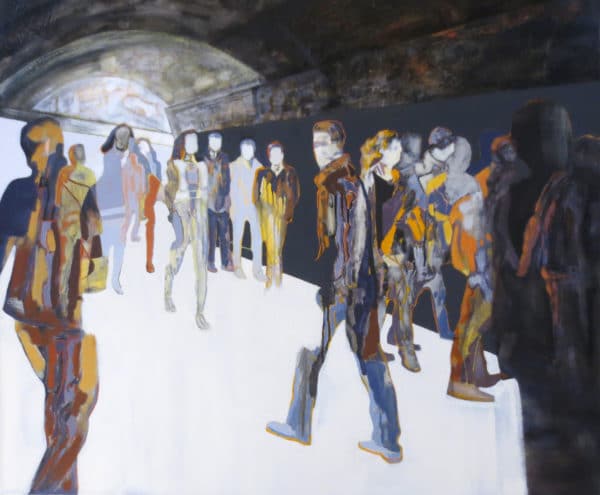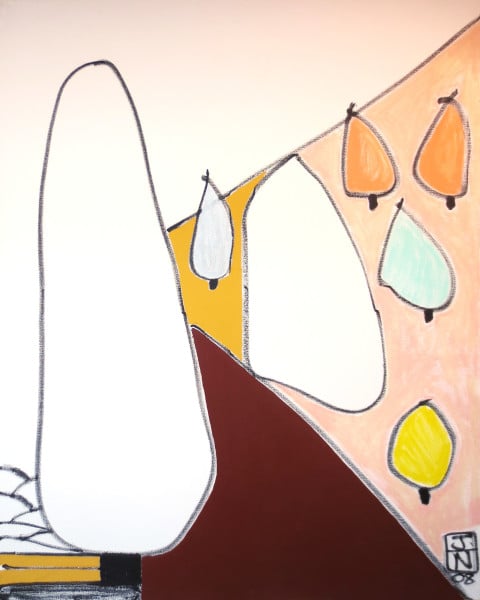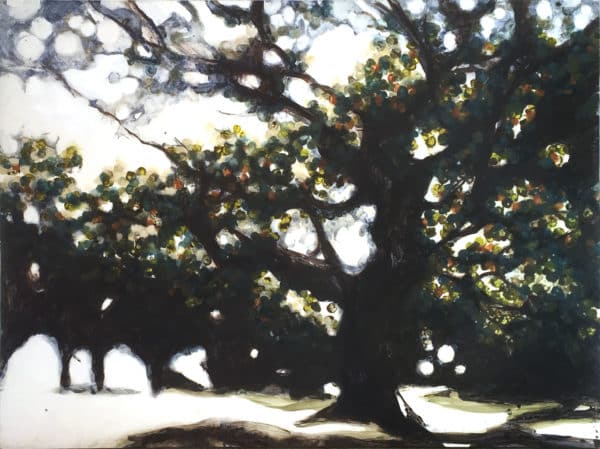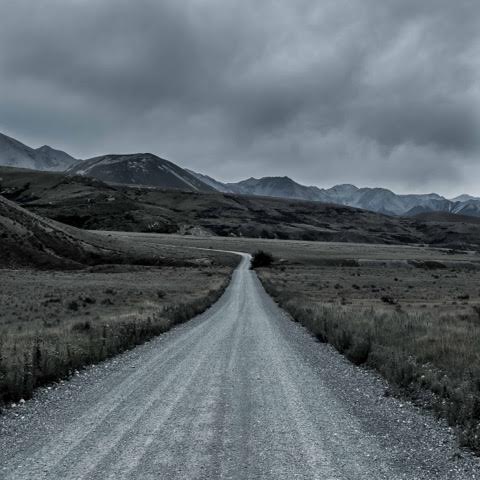Painting and Photography
All About Painting and Photography
Why Paint?
What better way to start talking about Painting and Photography than to look at the festival of photography. The Auckland Festival of Photography has prompted a question that has haunted painters for a long time… why paint? Particularly when it can take seconds to capture something with a camera. One of the wonderful things about art is how it captures and presents a way of seeing the world. Consequently sharing those ways of seeing with others, and broadening one’s own way of seeing.
Something that has come from the relationship between painting and photography is how we can describe a photograph as being painterly. In the Auckland Festival of Photography, Klara Rider and Colleen Tunicliff are showing photographs that can be described as having painterly qualities due to how they have captured light, colour, and form.
There is a photographic way to describe a painting. An artist who displays at Mobile Art Gallery is Lisa Chandler. Her work mimics double exposures on a film camera or playing with the light balance of an image. These techniques can be used to accentuate existing colours and atmosphere. Through Chandler’s work, she shares with us her way of seeing and the experiences she has had. Chandler’s work has become sort after as she demonstrates mastery in her ability to combine both photographic and painterly techniques.
Use of the Camera
The introduction of the camera liberated painters from documenting situations or nature in the traditional sense. Some used painting as a way to dissect their surroundings, breaking it up into shapes and patterns. Others took an expressive approach and their paintings became about communicating a feeling, thought, attitude or aesthetic. This leaves those of us in the 21st century in an interesting position, where almost everything is mediated through a lens or screen and the purpose of painting is still questioned
Ways of Seeing – Painting and Photography
What is seeing? How does painting facilitate this? These are two questions that come to mind when looking at John Niland’s work. In terms of representing a landscape, some may not be able to see past the simplicity in Niland’s work. However, Niland is one among many who use painting as a way to break down the natural world to simple forms. Abstraction (that which derives from something- not to be confused with abstract) tells us a lot about how we as humans see and understand the world.
While ‘Eketahuna Rimu’ may not look like a landscape in terms of a photograph or a real life encounter, we still know that Niland is representing a landscape with a variety of tree-like forms, colours and composition. A question that may be present for Niland and artists like him could be around how little visual information is needed for something to still be recognisable.
Nicki Manthel
You can pose these questions with a camera too; blur the focus to see fuzzy shapes. Nicki Manthel does this with paint- in a way that draws attention to form and light, making apparent her love and fascination with the natural world. Attention to light, particularly the whites suggests that a camera can help with accentuating these moments. The act of painting landscapes or flowers gives her the freedom to capture what exactly it is she loves about what she is seeing rather than what and how the camera sees.
Peter James Smith
Peter James Smith uses painting as a way to bridge his multiple interests in science, culture and history. His paintings stimulate both the eye and the mind. Perhaps that is why Smith paints; it is not immediate like taking a photograph. Although they may be painted from a photograph, time spent representing a place could create a sense of knowing and familiarity. Something potentially lost with the immediacy of the camera. Peter’s inscriptions, notes, and diagrams over the top of the landscape create a context which speaks of all the things he considers while with the land. Pointing out that a place and its beauty is not only what it looks like, but can be found in a series of coordinates, in its history and location.
So what about photography?
Simon Young spent time travelling around New Zealand documenting the landscape. He uses the camera to capture a particular sense of space by using lighting and compositional tools to create an image that not only documents but represents what it is like to see that scene through his eyes. This is essentially where painting influenced photography. The way Young controls facets of image making tells you more about a place than just the contours and features, but the fact that it may be cold, empty and potentially lonely. That is information that can be communicated and accentuated through digital techniques and Young does that so well.
The relationship between painting and photography is a tense and active one. How images are mediated and presented to us affect how we see the image and experience its message. Painting may seem like an out of date activity, but it is still happening which says plenty about our culture. It tells us that painting is not dead, nor is art. That people understand how art can function in a space and affect people or an environment. It also illustrates the way mediums and technology are being used is continuing to develop in diversity.
‘why paint’ is a question that is always around and always triggers a discussion which may never come to a resolution. Events like the Auckland Festival of Photography give us all opportunities to think about and re-look at our art and painting and photography through a different lens.
You can browse our Photographs for Sale.
If you enjoyed this post, check out this little peice on famous quotes by clicking https://mobileart.co.nz/2017/03/24/famous-artists-painting-quotes/HERE!





